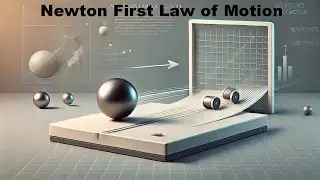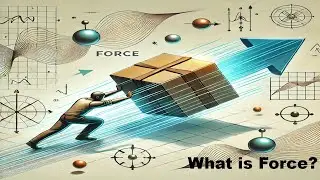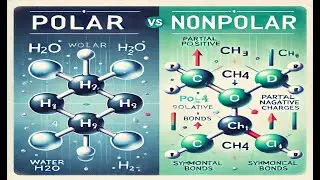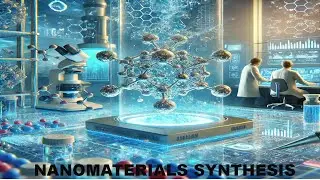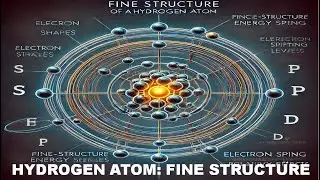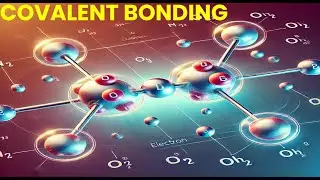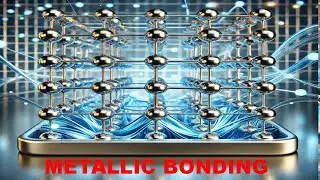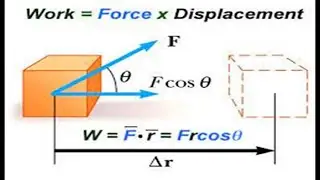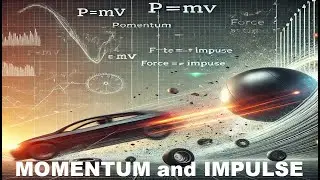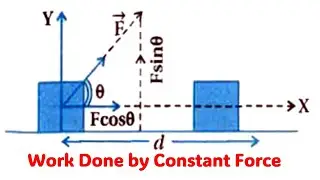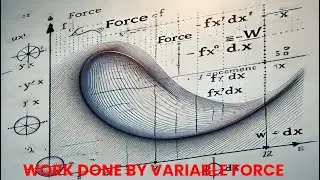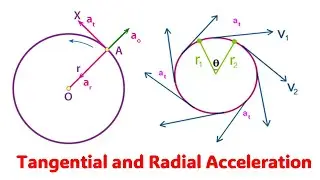Nanomaterials Synthesis
@PhysicsMaterialsScienceandNano
Nanomaterials Synthesis #nanomaterials #nanotechnology #nanoscience #physics
Nanomaterials Synthesis involves the creation of materials with dimensions typically ranging from 1 to 100 nanometers. This process blends principles of chemistry, physics, and engineering to fabricate structures with unique properties not found in bulk materials. Nanomaterials can be synthesized through various methods:
1. *Bottom-Up Approaches:* These methods build nanomaterials atom by atom or molecule by molecule. Examples include chemical vapor deposition (CVD), sol-gel synthesis, and self-assembly techniques. Bottom-up approaches often allow precise control over the size, shape, and composition of the nanoparticles formed.
2. *Top-Down Approaches:* Here, bulk materials are broken down into smaller structures. Techniques such as ball milling, lithography, and laser ablation fall into this category. Top-down methods are advantageous for scalability and mass production of nanomaterials.
3. *Hybrid Approaches:* Combining aspects of both bottom-up and top-down approaches, hybrid methods offer flexibility in designing complex nanostructures. Techniques like template-assisted synthesis and nanolithography exemplify this approach.
During Nanomaterials Synthesis , factors such as reaction conditions (temperature, pressure, atmosphere), choice of precursors, and catalysts influence the properties of nanomaterials. Characterization techniques such as electron microscopy, X-ray diffraction, and spectroscopy are crucial for verifying the desired structure, morphology, and chemical composition.
Applications of nanomaterials span diverse fields including electronics, medicine, energy storage, environmental remediation, and catalysis. Their unique size-dependent properties, such as enhanced catalytic activity, optical properties, and mechanical strength, drive ongoing research and innovation in nanotechnology. As technology advances, the Nanomaterials Synthesis continues to evolve, pushing the boundaries of what is possible in materials science and engineering.
#NanoSynthesis #Nanotechnology #MaterialsScience #ChemicalEngineering #Nanofabrication #NanoEngineering #NanoParticles #BottomUpSynthesis #TopDownApproach #HybridNanomaterials #AdvancedMaterials









